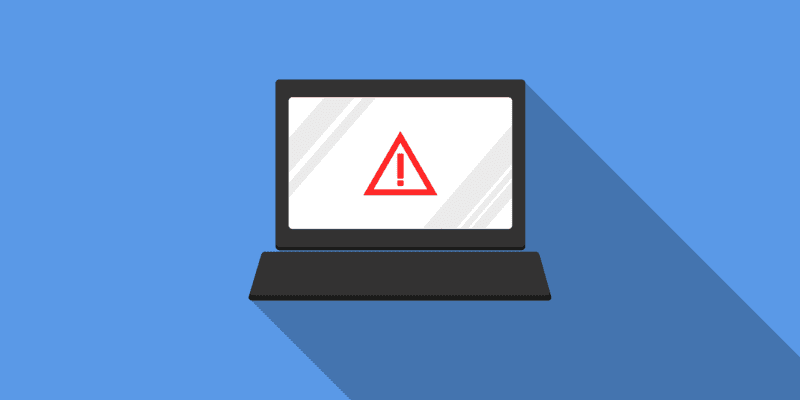Network Alerts: 4 Essential Features for Enterprises


If there’s an issue somewhere on your network, you need to know about it as soon as possible. A network performance monitor (NPM) constantly checks for performance problems by scanning your entire network. When it detects a problem, it informs the user with a network alert. These alerts allow network technicians to respond to problems quickly, reducing the amount of poor network performance and downtime.
Any NPM worth its salt will have alerting capabilities built in, as network alerts are essential for IT teams to keep the network functional. However, there are a handful of alerting features that enterprises should look for in an NPM solution. While these alerting functions aren’t found in every NPM, they provide a big advantage for companies to handle common and uncommon network performance issues. Read on to discover 4 essential network alerting features that every enterprise should look for in an NPM solution.
Real-time alerts
NPMs continuously check for performance problems across all areas of the network. The time gap between network sweeps varies depending on the solution, but more high-end tools detect network issues in real time. If your NPM touts real-time issue detection, it might also send out alerts in real-time. These NPMs inform you of problems as soon as it detects them, even before it finishes fully analyzing the issue. That way, your technicians can begin fixing the problem without having to wait on the NPM to complete a full diagnosis. This allows your technicians to discover the issue’s source and solution as soon as possible and apply the fix without losing too much performance.
Intelligent alert descriptions
If all the NPM tells you is that there’s a problem on the network, it wouldn’t be very useful. Your team needs to know what and where the issue is, when it started, and what network areas it’s affecting. NPMs need to supply you this crucial information in the alerts they send to you. The alerts need to make sense for the network team and give them all the important information they need to fix the problem.
Critical alerts and tiered alerts
Not every network problem is incredibly important. If your NPM tool floods you with alerts on non-critical performance issues, your network team might miss critical network failures. A good NPM tool should separate problems into separate categories based on their importance. At the very least, the NPM should define both critical and non-critical network problems and alert you to critical problems first and foremost. For more advanced NPMs, they implement a system called “tiered alerting” that assign issues to one of multiple different categories. They then administer alerts from the most important category first, then move down the list to address less serious problems.
Alert times
While every NPM needs to alert its users to problems, it also needs to know when to send out alerts. Sending out alerts during off-hours can lead to alerts being lost between the alert being sent and when the network team can examine the problem. Some NPMs allow you to set on-hours and off-hours for alerts so your team only receives notifications during times it specifies. This allows you to keep alerts from flooding your inbox while your network team is out of the office.
Our Network Monitoring Buyer’s Guide contains profiles on the top network performance monitor vendors, as well as questions you should ask providers and yourself before buying.
Check us out on Twitter for the latest in NetMon news and developments!






















